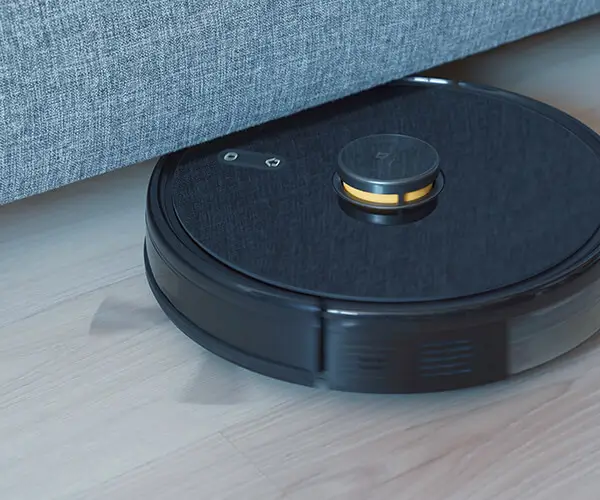Design patterns in microservices play a crucial role in making sure that systems are scalable, maintainable, and flexible. Whether you're building a new application from scratch or trying to enhance an existing one, adopting design patterns is like having a roadmap for navigating complex problems. But what exactly are these patterns, and why do they matter?

Imagine you’re building a city. You don’t just randomly place buildings; you use blueprints to make sure things fit together smoothly. The same goes for microservices. Design patterns are those blueprints that ensure each service fits into the system seamlessly. They help developers to address common challenges like service communication, data consistency, and fault tolerance. Without these patterns, your microservices architecture might end up like a tangled mess of random blocks—hard to scale, debug, and maintain.
One of the most popular patterns is the API Gateway. In simple terms, it's like the main entrance to your city. Instead of everyone going through different gates to access different services, they go through one. The API Gateway acts as a single point of entry, helping to manage traffic, authenticate requests, and route them to the appropriate service. This can significantly simplify the system by reducing the number of endpoints you have to manage.
Another essential design pattern is Service Discovery. Think of it as a GPS for your services. In a dynamic microservices environment where services may come and go, service discovery ensures that each service can find and connect with the others without manual intervention. This reduces the need for hard-coded service locations, making your architecture more adaptable.
Then there’s Circuit Breaker. Imagine a power outage in the city—if all the lights go out, it’s chaotic, right? But what if there was a backup plan? That’s the Circuit Breaker pattern in action. When a service fails or becomes unresponsive, the circuit breaker “trips” and prevents other services from being affected. This helps avoid a full-blown system failure and gives the team time to fix the issue without causing widespread disruptions.
You also have Event Sourcing, where state changes are captured as a series of events. This gives you a detailed history of how things have evolved, making it easier to understand changes over time and even rewind to previous states if needed. It's like keeping track of every step in building your city so you can always go back and see how things were done.
But here’s the kicker—it's not just about picking patterns that sound good. It’s about finding the right patterns for your specific needs. Microservices architectures vary greatly depending on the size of the application, the team’s experience, and the complexity of the problem at hand. A small startup might not need as many patterns as a global enterprise with millions of users.
If you’ve ever had to fix a problem in a messy, monolithic application, you know how overwhelming it can be. That’s where these design patterns shine—they bring clarity and structure. By laying out these proven solutions, microservices become easier to develop, maintain, and scale.
The beauty of design patterns in microservices is that they’re not just theoretical; they are tried and tested in real-world applications. When done right, they make your system more resilient and easier to manage, ensuring smoother operations even when scaling up or handling unexpected issues.
By adopting these patterns, you’re not just following trends—you’re setting your architecture up for long-term success. So, if you're ready to build a microservices system that's more efficient and flexible, understanding and applying the right design patterns is your first step.
Established in 2005, Kpower has been dedicated to a professional compact motion unit manufacturer, headquartered in Dongguan, Guangdong Province, China. Leveraging innovations in modular drive technology, Kpower integrates high-performance motors, precision reducers, and multi-protocol control systems to provide efficient and customized smart drive system solutions. Kpower has delivered professional drive system solutions to over 500 enterprise clients globally with products covering various fields such as Smart Home Systems, Automatic Electronics, Robotics, Precision Agriculture, Drones, and Industrial Automation.




































